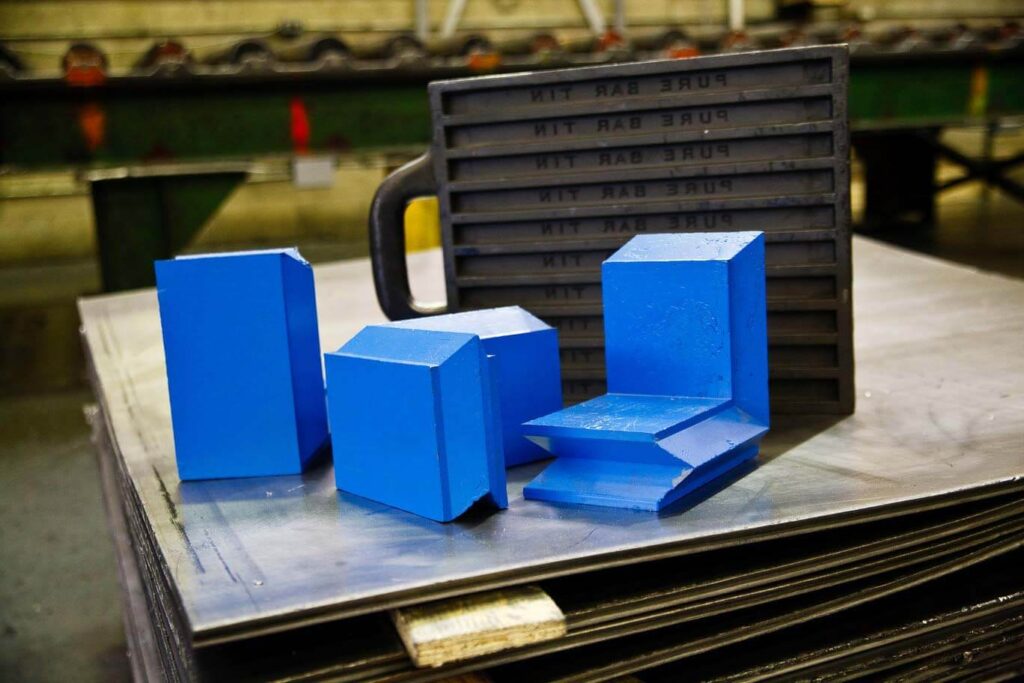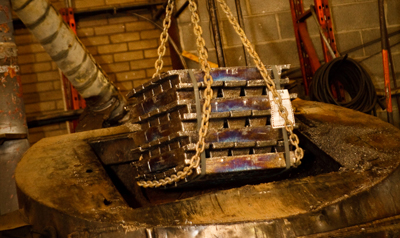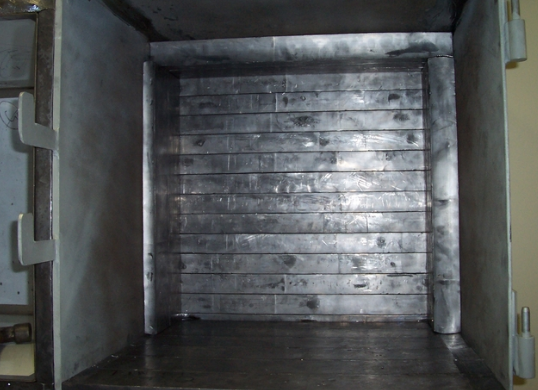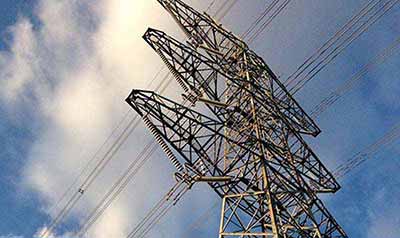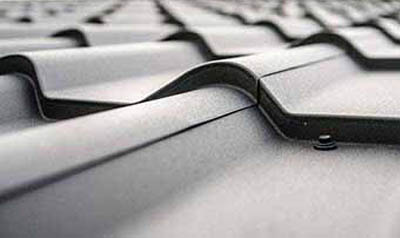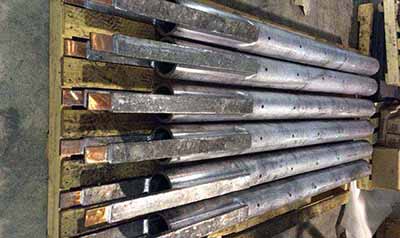Canada Metal (Canada Metal North America) is an industry leader in the supply of metals and metal products. Included in the extensive range of the company’s expertise, which encompasses radiation protection and corrosion protection, is the indispensable requirement for weather protection. Methods of weather protection consist of metal flashing weatherproofing, weather resistant barriers, lead weather proofing, and lead flashing.
Flashing is a roofing industry term that denotes using thin sections of water-resistant and impermeable material that are installed as a weather resistant barrier to prevent the passage of water into a structure. Metal flashing has become increasingly popular and is among the most recommended materials for lead weather proofing roofs and structures. Metals widely used for flashing comprise lead, aluminum, galvanized and stainless steel, copper (and lead-plated copper), and zinc alloy.
Lead weather proofing typically refers to the use of lead sheets, or lead membranes, in construction. Furthermore, given the many attributes of lead and its malleable nature, lead can be manufactured into many different forms for diverse applications. Lead creates an impermeable moisture barrier that can protect buildings and structures from moisture incursion and, will often last as long as the building itself. Some of the many applications of lead for waterproofing include:
- Roofing and flashing
- Underground structures
- Landscape plots
- Water storage tanks
- Water heaters
Features and benefits of lead include:
- Corrosion Resistance – Lead is resistant to water, salt water, the atmosphere, the majority of natural chemicals, and UV degradation;
- Longevity – Lead has a long lifespan, so much so that will typically outlast the structure in which it has been installed;
- Durability – Lead is tough and resilient; it’s isn’t affected by cold and damp conditions or by fluctuations in temperature;
- Malleability – The malleable nature of lead makes it ideal for forming into various products, including customized-lead products, and that same malleability is a safeguard against cracks.
Included in the many stringent demands of weather resistant barrier is the requirement for corrosion protection. More about weather protection and corrosion protection can be learned through the content included on this website. For additional information, and to discuss applications of metal and metal products for your business and industry, please contact Canada Metal directly.
Frequently Asked Questions
Lead weather proofing refers to the use of lead-based materials, such as lead flashing or sheets, to protect buildings from the elements. Lead is a durable and flexible material that helps prevent water infiltration and provides long-lasting protection from harsh weather conditions.
Lead is widely used for weather proofing due to its excellent resistance to corrosion, UV rays, and extreme temperatures. It offers superior durability and flexibility, making it an ideal material for sealing roof joints, chimneys, skylights, and other vulnerable areas on a building’s exterior.
Lead weather proofing works by creating a secure and waterproof seal around joints, edges, and openings on a building’s exterior. When applied properly, it forms an effective barrier against rain, snow, and wind, preventing water damage and increasing the lifespan of your property.
A weather-resistant barrier (WRB) is a protective layer installed on the exterior of a building to shield it from water infiltration, wind, and other environmental factors. It is typically applied beneath siding or roofing materials to prevent moisture buildup and protect the building structure.
Yes, lead can be used as a weather-resistant barrier. Its malleability allows it to form a tight seal around building edges and rooflines, providing a highly effective moisture and weather barrier that will last for many years.
Lead weather proofing offers numerous benefits, including exceptional durability, resistance to extreme temperatures, flexibility for custom installations, and long-lasting protection against moisture infiltration. It’s an excellent choice for areas with harsh weather conditions, such as those in Canada.
Lead weather proofing can last anywhere from 50 to 100 years when properly installed and maintained. Its longevity makes it an ideal choice for long-term weather protection, especially in areas prone to severe weather.
Installing a weather-resistant barrier using lead involves placing lead flashing or sheets around key areas, such as roof joints, walls, and window openings. It’s recommended to hire a professional roofer or contractor to ensure proper installation and sealing.















